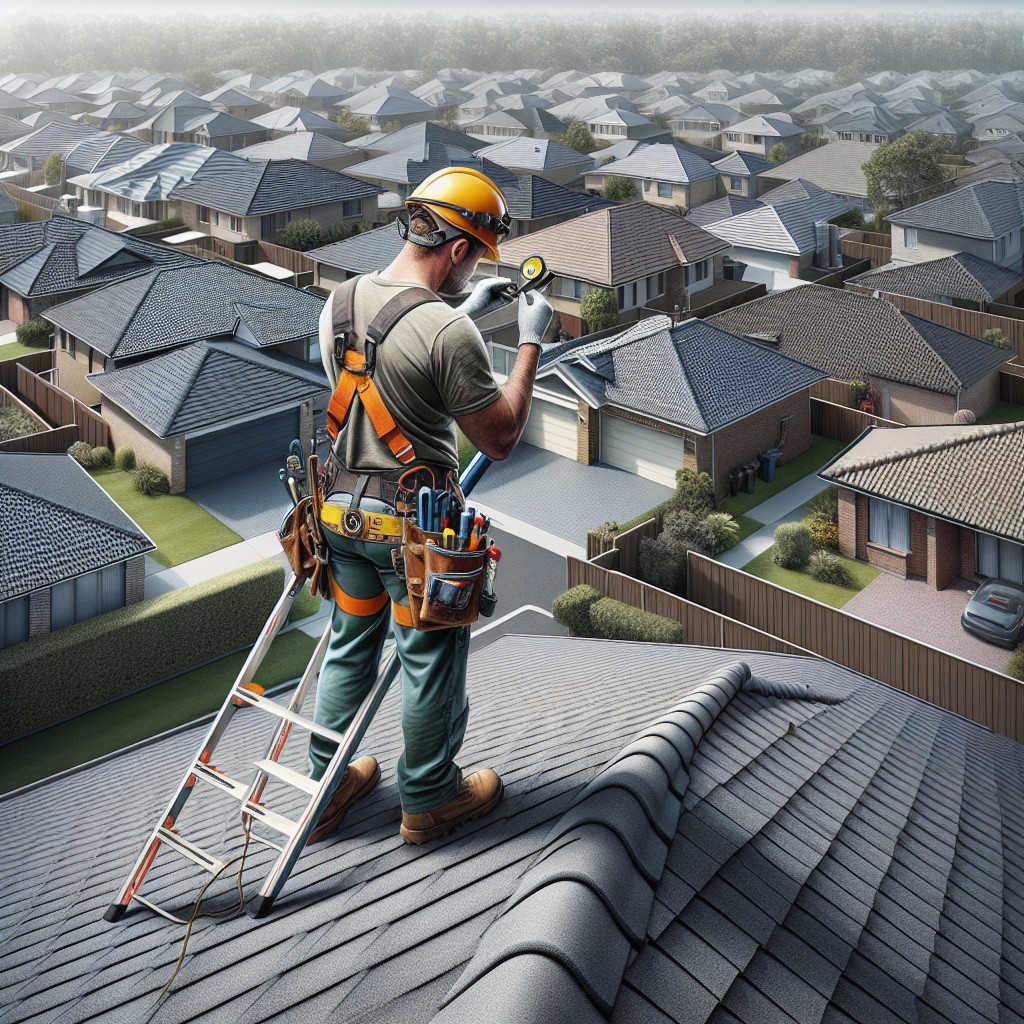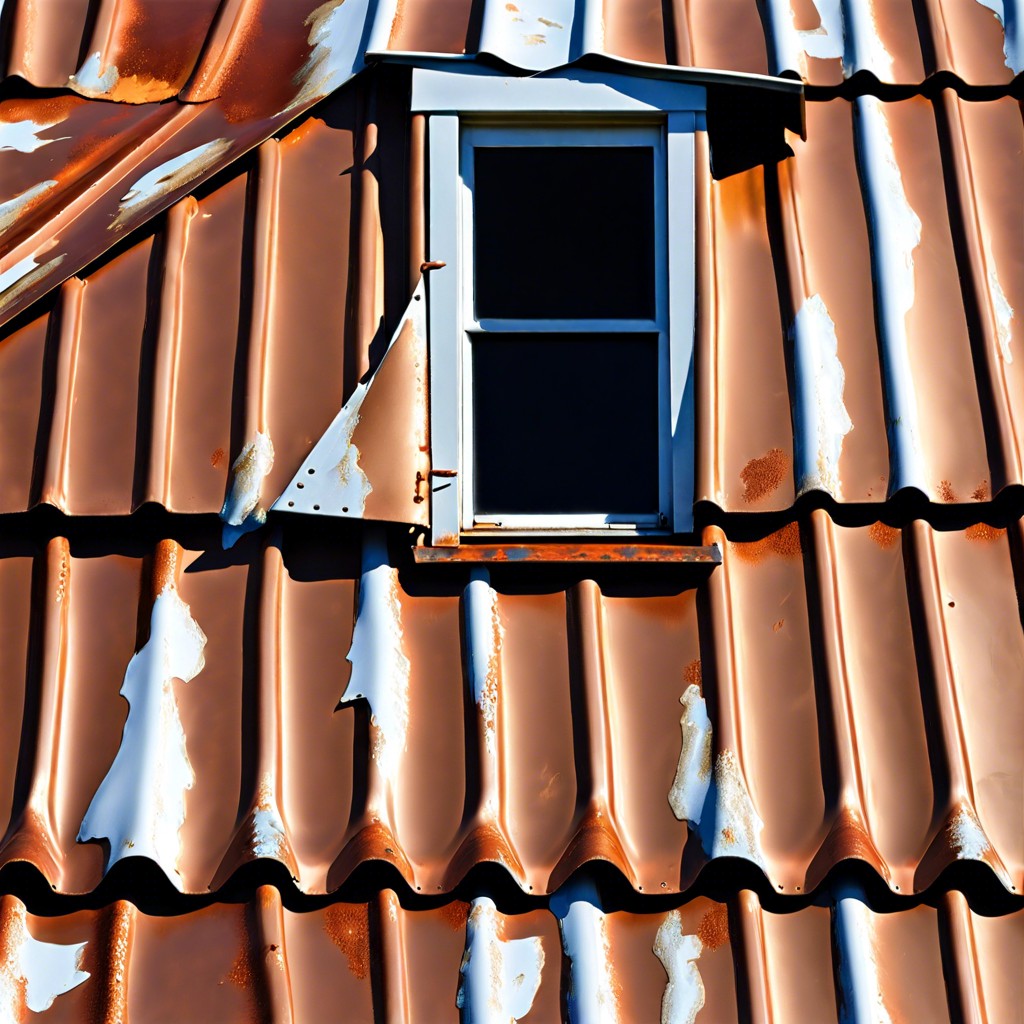Last updated on
A roof inspection is a critical preventative measure to ensure the longevity and safety of your home, and understanding its duration can help in scheduling and preparing for the process.
Key takeaways:
- Size of the Roof: Larger roofs take longer to inspect.
- Roof Complexity: Multiple levels and features increase inspection time.
- Accessibility: Easy access speeds up the process.
- Material and Type of Roofing: Different materials require different attention.
- Weather Conditions: Inclement weather can delay inspections.
Factors Influencing Roof Inspection Duration

The time it takes to complete a roof inspection can vary due to several key factors:
1. Size of the Roof: Larger roofs require more time for an inspector to thoroughly examine all areas, including hard-to-reach spots.
2. Roof Complexity: A roof with multiple levels, steep slopes, or numerous features such as chimneys and skylights demands more attention and time.
3. Accessibility: Easy access to a roof via a ladder or walkability can speed up the inspection process, while limited access may prolong it.
4. Material and Type of Roofing: Inspections can be quicker on standard asphalt shingle roofs than on tile or metal roofs, which may have more intricate installation patterns or require special attention to detail.
5. Weather Conditions: Inclement weather, such as rain or snow, can delay an inspection for safety reasons.
6. Age and Condition: Roofs that are older or visibly damaged might necessitate a more in-depth examination to assess the extent of wear or damage.
Understanding these variables helps set realistic expectations for the duration of a roof inspection.
Average Timeframe for Roof Inspections
Typically, a professional roof inspection can take anywhere from 45 minutes to several hours. The discrepancy in time is often due to the size, complexity, and accessibility of the roof. For instance:
- A standard single-family home may require roughly 1-2 hours.
- Larger homes or buildings with more complex roof designs may need half a day.
- A brief visual check for obvious damage might take as little as 30 minutes but isn’t exhaustive.
It is worth noting that these are estimated durations, and actual inspection times can vary based on the inspector’s findings and the need for a detailed assessment.
Importance of Scheduling Regular Roof Inspections
Regular maintenance checks help detect potential issues early, averting costly repairs. They ensure a robust defense against environmental stresses and can extend a roof’s lifespan significantly.
Through routine inspections, homeowners stay ahead of warranty requirements, maintaining eligibility for coverage in case of damage. Additionally, these assessments safeguard against unnoticed wear, preserving property value and contributing to overall home safety.
It’s beneficial to align inspection schedules with local weather patterns, ideally following severe weather events which often precipitate roofing concerns.
How Roof Condition Affects Inspection Duration
The state of your roof plays a significant role in the time required for a thorough inspection. A well-maintained roof with minimal wear and tear can often be assessed rapidly, as inspectors are less likely to find issues that need a closer look. Conversely, if your roof displays signs of damage, such as missing shingles, sagging, or leaks, the inspector will need to spend extra time evaluating the extent of the issues and the integrity of the roof’s structure.
Additionally, the presence of multiple layers of roofing material may necessitate a more in-depth investigation to determine the condition of the underlying layers. Roofs with intricate designs or accessories like skylights, chimneys, and ventilation systems also require extra attention, each adding complexity and time to the inspection process.
To sum up, the better the condition of your roof, the more swift the inspection is, whereas complex or damaged roofs demand more thorough examinations.
Preparing for a Roof Inspection to Minimize Time
To streamline the inspection process, ensure easy access to your roof. Remove any obstacles that could obstruct the inspector’s path, including lawn furniture or debris.
Inside your house, make sure the attic is accessible, as inspectors often need to evaluate from both the interior and exterior. If you have pets, secure them in a safe location away from the inspection areas to prevent distractions or accidents.
Keep documentation on hand, such as previous inspection reports or warranties. This information can provide the inspector with a historical perspective of your roof’s condition and maintenance history, aiding in a more efficient and thorough inspection.
Lastly, be prepared to provide keys or access codes if your roof features locked areas or if the inspection includes detached buildings like garages or sheds. By anticipating these needs, you will contribute to a smooth and swift inspection process.




